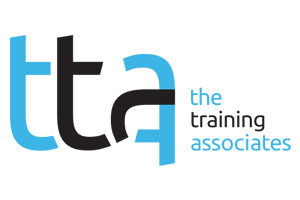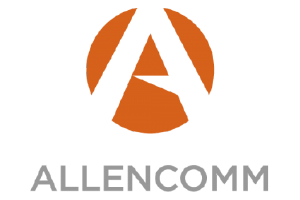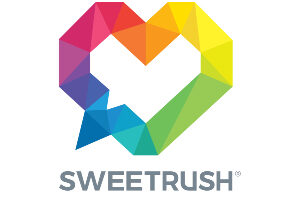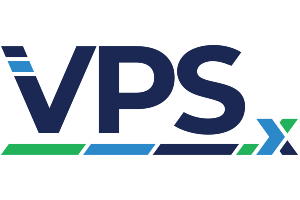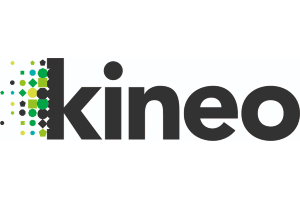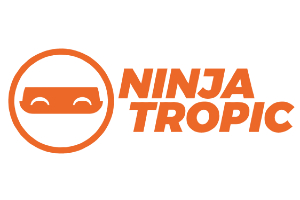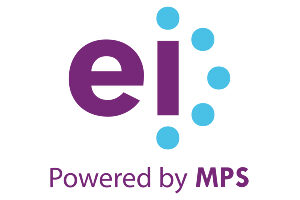A Yale study about the impact of jokes on learner retention found that humor can increase processing and absorption of information. Over my 30-year career as an educator, I can empirically confirm this finding. As in, no one will ever remember the dry statistic mentioned in a monologue, but weeks later, they’ll still remember the punchline to a joke you told or a comical experience you shared that transformed the way they think or behave.
While it may seem awkward or overwhelming to incorporate humor into your skill-building sessions, you’ll find plenty of organic moments for humor when you approach learning design with a comedic lens.
Below are a handful of examples for you to apply or adapt for your own learning and development (L&D) programs.
Connect learning content with relevant humor.
Let’s say you’re leading a decision-making workshop, in person or virtual. Sure, you could define the principle of subsidiarity and move into a series of slides with McKinsey quotes and organizational charts that show the principle in practice. Or, you could present a dilemma using two flow charts: one is full of increasingly absurd, worst-case-scenario outcomes and the other presents a wise decision-making process.
This approach enables learners to explore the potential consequences of different choices in a low-stakes context where the only outcome of a bad decision results in a “this is fine” meme. Now that you’ve got their attention, share your framework for making smart decisions amid uncertainty or data gaps, recognizing personal biases and how to distinguish decisions from outcomes.
Enhance cognitive processing with humor.
Since academic studies confirm that humor leads to cognitive benefits, including enhanced memory and comprehension, this approach is especially effective for addressing pain points in an organization.
Imagine that you’re facilitating a workshop on effective communication for a group of new managers. Instead of lecturing on abstract communication theories with zero practical application, engage people through an activity like the “Reverse Instructions” challenge. After assigning learners to small teams, provide a set of instructions that are intentionally out of order and use vague language.
For example: “To complete the task, after finishing the second step, but only if the third step was successfully completed, you’ll then proceed to the next-to-last step.” Challenge teams to place the instructions in the correct order and then rewrite for clarity. After announcing the team with the clearest version of the instructions, engage the group in a discussion about which words were misleading and caused confusion. Then connect these findings back to real-world examples of how to improve everyday communication.
Reduce learner anxiety through humor.
Recent studies on humor-based training interventions suggest that humor significantly reduces stress during training programs. To illustrate, let’s imagine that you’re leading an authentic leadership workshop. Instead of monologuing about what leadership is, start the session with a montage of what it isn’t.
Using a series of short videos, play a montage of pop culture “leadership fails” from “Office Space”, “Veep”, “The I.T. Crowd” and other workplace-centric comedies. By leading off with laughter, you’re providing an icebreaker — as well as absurd examples of what not to do. You’re also setting the stage for a conversation about the public vulnerability that comes with leadership as well as common challenges.
The ridiculous workplace scenarios in the montage should be chosen for their hilarity because shared laughter helps lower people’s defenses, which is crucial in any learning environment. It also primes the brain for deeper engagement, which can lead to a stronger grasp of core concepts.
After the montage, transition directly into small group discussions. Assign each group a specific Leadership Fail from the montage and task them with answering this question: “What was the exact leadership misstep here, and more importantly, what would an authentic leader do differently in that same situation?” This moves quickly from shared observation to practical application, which is shown to increase knowledge recall by 37% compared to lecture-based learning.
The strategic use of relevant humor can transform learning from a dry lecture into a memorable, engaging experience. When deployed thoughtfully, it can lower participants’ defenses, boost knowledge recall, and make even the toughest topics approachable. Humor in L&D settings is about more than getting a laugh: it’s about creating an atmosphere where participants can take risks, ask questions, and fully process what they’re learning. Injecting it into your L&D content isn’t just a proven path toward better learning outcomes: It’s also an amusing one.


